SOURCE: AFI
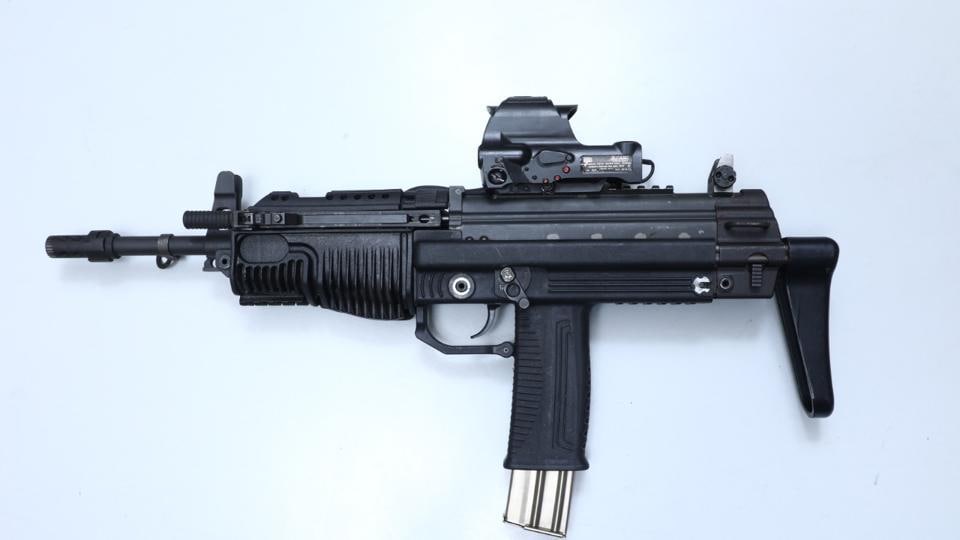
The Joint Venture Protective Carbine (JVPC), also known as the Modern Sub Machine Carbine (MSMC), captured attention with its innovative design. This compact, lightweight, and robust weapon, boasting a bullpup configuration, offered a glimpse into the future of Indian small arms. However, despite its merits, the JVPC failed to gain widespread adoption within the Indian Army.
One of the primary reasons for the JVPC’s limited success lies in its unique 5.56 x 30mm ammunition. This caliber, developed specifically for the JVPC, deviated from the standard 5.56 x 45mm NATO round used by the Indian Army and its allies. This difference in ammunition posed logistical challenges. Supplying and maintaining a separate ammunition stock specifically for the JVPC would have added complexity to military operations.
Continue readingSOURCE: AFI

Security forces in Jammu and Kashmir achieved a significant victory on Tuesday, eliminating Lashkar-e-Taiba (LeT) commander Basit Dar in an encounter within the Kulgam district. Dar, a resident of Redwani in Kulgam who had been missing since 2021, was reportedly involved with the terror outfit LeT and its frontal organization, The Resistance Front (TRF).
Officials confirmed Dar’s identity and revealed a Rs 10 lakh bounty placed on him by the National Investigation Agency (NIA) in connection with a registered case. Notably, crucial intel regarding Dar’s movement came from local residents, highlighting their cooperation with security forces in maintaining peace in the region.
Continue readingSOURCE: RAUNAK KUNDE / NEWS BEAT / IDRW.ORG

India’s ambitious Advanced Medium Combat Aircraft (AMCA) program received a significant boost earlier this year with clearance from the Cabinet Committee on Security (CCS). This green light paves the way for developing prototypes and marks a crucial step towards an indigenous 5th-generation fighter jet.
The Aeronautical Development Agency (ADA) anticipates the first AMCA rollout within the next four years. However, the initial prototypes might take 18-20 months to reach that stage. This delay is attributed to the program’s pioneering nature in the region. The AMCA incorporates cutting-edge technologies that require rigorous testing and military certification before taking flight.
Continue readingSOURCE: RAUNAK KUNDE / NEWS BEAT / IDRW.ORG
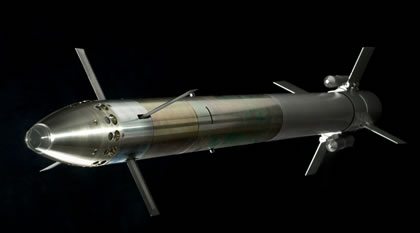
The Defence Research and Development Organisation (DRDO) has begun work on a next-generation air defence system – the Laser Beam Riding Man-Portable Air Defence System (LPAD). This project signifies a significant advancement in India’s indigenous defense capabilities.
The LPAD program received a project sanction order last year under the Make-2 category of the Defence Acquisition Procedure (DAP) 2020. This procurement route fosters collaboration between the DRDO and private Indian companies. The project aims to develop and deliver 200 launchers and 1,200 laser beam-riding missiles to the Indian Army, with an estimated value of ?4,800 crore. Prototype testing of the LPAD system is expected to be completed by the end of 2024.
Continue readingSOURCE: RAUNAK KUNDE / NEWS BEAT / IDRW.ORG
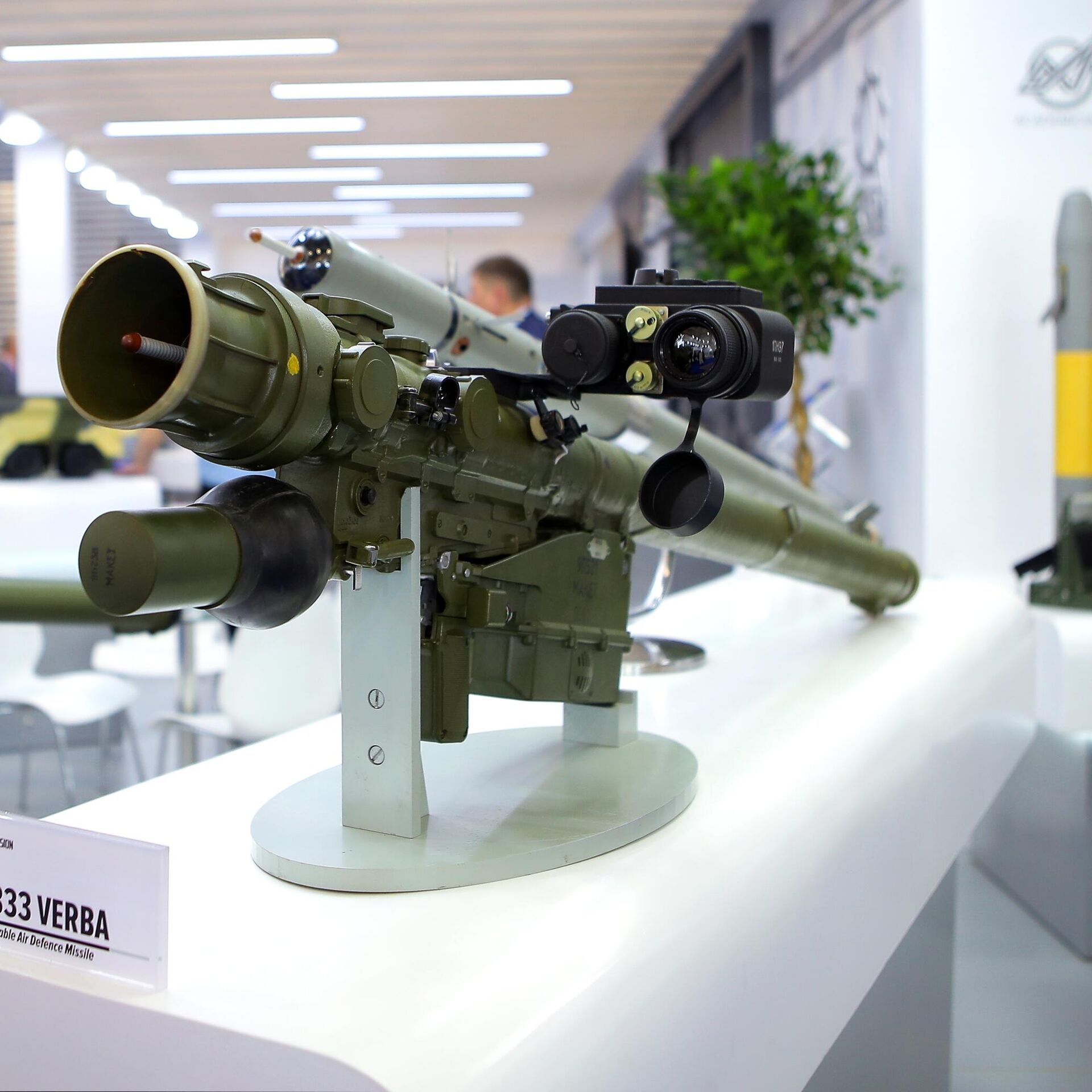
Adani Defence Systems and Technologies Limited (ADSTL) has commenced assembly of the Igla-S Very Short Range Air Defence (VSHORAD) systems in India. This development marks a significant step towards self-reliance in the country’s air defense capabilities.
The Igla-S assembly is being undertaken following a technology transfer (ToT) agreement between ADSTL and Rosoboronexport, a Russian state corporation. This ToT enables India to not only procure the advanced air defence system but also establish domestic production capabilities.
Continue readingSOURCE: AFI
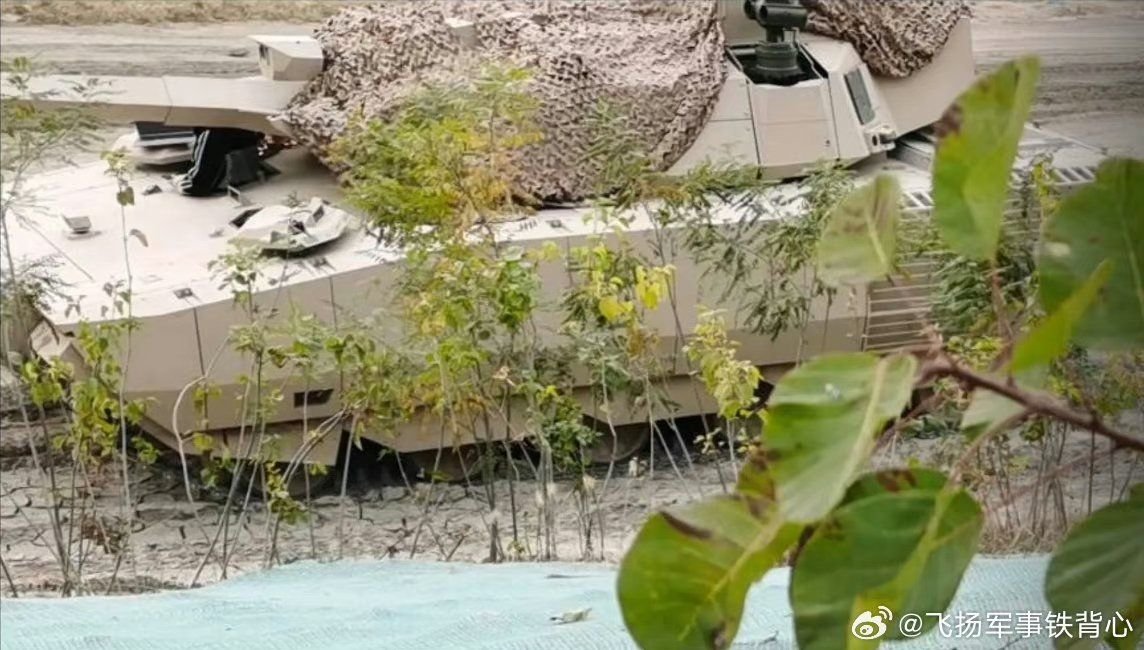
China has unveiled a new light tank that promises to revolutionize modern armored warfare. This advanced vehicle boasts a mass of less than 40 tons and incorporates a host of cutting-edge technologies, including a two-man crew in a hull capsule, an unmanned turret with a 105mm gun and automatic loading mechanism, hydropneumatic suspension, and a hybrid drive with silent watch capability.
Additionally, the tank features modular armor, a new hard-kill Active Protection System (APS) with AESA radars, a drone jammer, and a Remote Controlled Weapon Station (RCWS) on the turret roof to counter UAV threats. While many have speculated about the future of tank design, China appears to be taking concrete steps toward mass production of this next-generation vehicle. This development has significant implications for India’s own armored vehicle programs, including Project Zorawar, which aims to produce a 25-ton light tank.
Continue readingSOURCE: AFI
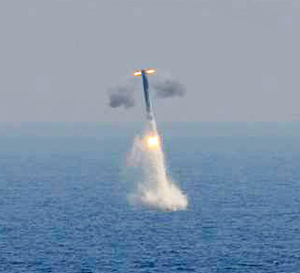
India’s decision for Project-75I submarines sparked debate, with some arguing for a Vertical Launch System (VLS) integration for sub-sonic cruise missiles like BrahMos and Nirbhay. Traditional missile tubes require submarines to surface for launch, compromising stealth. VLS allows submerged launches, maintaining discretion.
Traditional launchers require surfacing to launch missiles, compromising a submarine’s stealth. VLS allows submerged launches, maintaining discretion. VLS enables launching multiple missiles in quick succession, overwhelming defenses or saturating targets. VLS offers a wider range of launch angles, allowing for attacks from various positions and over land obstacles.
Continue readingSOURCE: AFI

Zen Technologies, a leader in military simulation and training solutions, has unveiled a groundbreaking innovation – the Combat Readiness Score (CRS). This first-of-its-kind system promises to revolutionize military training by leveraging data to optimize unit performance and maximize effectiveness.
Traditionally, military training data has been voluminous but often lacked clear direction. The CRS system changes this by transforming raw data into actionable insights. Zen’s technology gathers information from various training exercises, including simulations, live-fire drills, and field maneuvers. The CRS then analyzes this data to generate a comprehensive score that reflects a unit’s overall combat readiness.
Continue readingSOURCE: AFI

In a significant move to bolster healthcare hygiene, the Defence Research and Development Organisation (DRDO) has transferred its cutting-edge anti-microbial technology to three prominent textile manufacturers: Mafatlal Industries Ltd, Merite Exports Ltd, and Sunil Industries Ltd. This initiative aims to enhance the production of anti-microbial hospital linen, addressing the critical need for improved infection control in healthcare settings.
The DRDO’s anti-microbial technology, developed at its premier Defence Research and Development Establishment (DRDE), is designed to inhibit the growth of a broad spectrum of microorganisms, including bacteria, viruses, and fungi. This technology is particularly crucial for hospital environments, where the risk of healthcare-associated infections (HAIs) is a persistent concern. By integrating this technology into hospital linen, DRDO aims to significantly reduce the incidence of infections transmitted through contaminated textiles.
Continue readingSOURCE: IDRW.ORG.

India’s state-owned Hindustan Aeronautics Limited (HAL) reportedly back in 2019 had proposed a design and development plan for a twin-engine fighter jet based on the LCA-Tejas platform, specifically catering to the Indian Navy’s needs. This proposal comes amidst discussions on the Twin Engine Deck Based Fighter (TEDBF) program spearheaded by the Aeronautical Development Agency (ADA).
Sources close to the development told idrw.org that HAL pre-empted the TEDBF program with their proposal. Their experience with the single-engine Naval LCA, used as a technology demonstrator, positions them as a contender. The ADA, the designated nodal agency for fighter jet design in the Country, initially proposed a 16.5-ton single-engine Naval LCA Mk2 with more powerful F-414 engines. However, concerns regarding the safety of single-engine fighter operations on aircraft carriers led to its rejection.
Continue readingSOURCE: IDRW.ORG.

Heavy Vehicles Factory (HVF) has successfully delivered the first batch of upgraded T-90 Mark III tanks to the Indian Army. These upgrades aim to significantly improve the capabilities of the existing T-90 fleet. While specific details remain under wraps, some key aspects of the modernization program have come to light.
The T-90 Mark III boasts improved firepower through the integration of a Correction Input Device (CID). This device refines gunnery accuracy by factoring in environmental conditions and barrel wear. Additionally, Night Vision Enablement brings upgrades like a Commander’s Thermal Imaging Sight (CTIS) and a Muzzle Reference System. These advancements enhance situational awareness and targeting capabilities, especially during low-light operations.
Continue readingSOURCE: AFI

In the evolving landscape of modern warfare, the integration of advanced combat transportation and firepower is critical for maintaining a competitive edge. The recent advancements in these areas underscore the importance of agility, precision, and rapid response in military operations. This article explores the significant developments in combat transportation and firepower, their strategic implications, and the challenges faced by military forces in adapting to these advancements.
Combat transportation has undergone a transformation with the introduction of innovative technologies designed to enhance mobility and operational effectiveness. Modern military forces require versatile transportation solutions that can navigate diverse terrains and deliver troops and equipment swiftly and safely to the frontlines.
Continue readingSOURCE: AFI
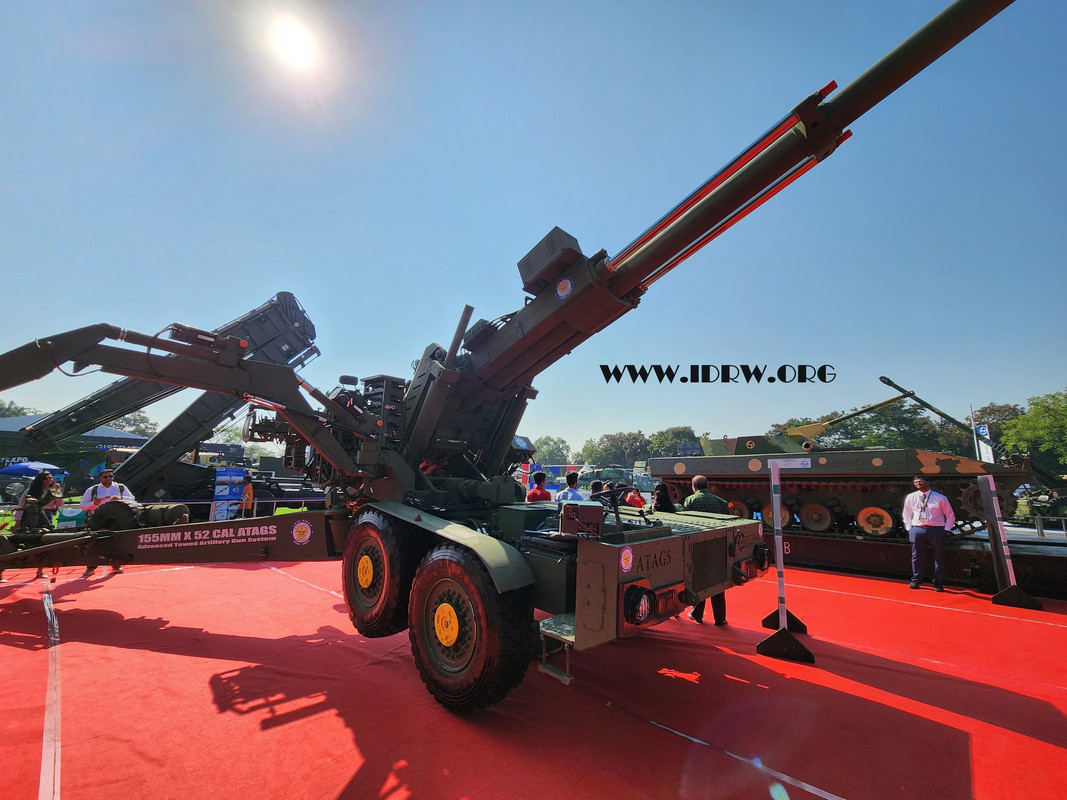
Bharat Forge, a leading Pune-based manufacturer, is experiencing a significant surge in its defense business. The company is now poised to become a major supplier of artillery systems, armored vehicles, and towed guns, catering to both the Indian government and international customers.
Bharat Forge’s defense business witnessed a stellar performance in FY24, with revenues reaching an all-time high of ?1,561 crore. This represents a remarkable fourfold increase compared to the previous fiscal year. The company’s success is further underscored by new orders valued at ?4,494 crore and an executable order book standing at ?5,192 crore at the close of FY24.
Continue readingSOURCE: AFI
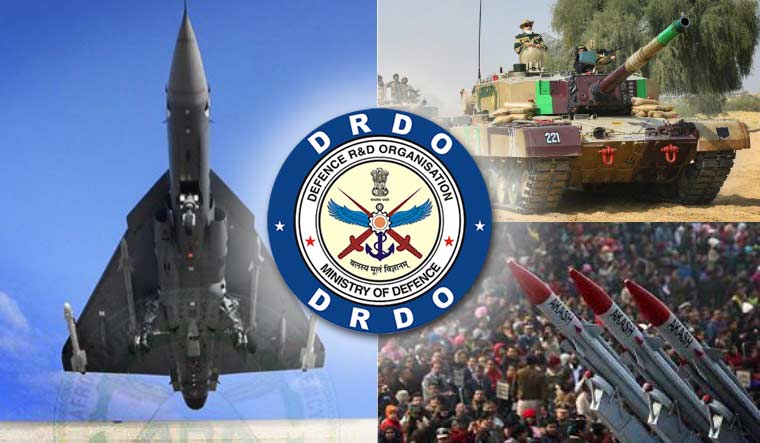
India’s Defense Research and Development Organisation (DRDO) is poised for a significant overhaul, with the government stepping in to expedite crucial reforms. This move comes amidst concerns about the pace of DRDO’s development and the need to modernize India’s defense capabilities.
According to exclusive information obtained by India Today, the government has overruled internal dissent and set strict deadlines for implementing major reforms within DRDO. These reforms aim to address longstanding issues that have hampered the organization’s effectiveness.
Continue readingSOURCE: AFI
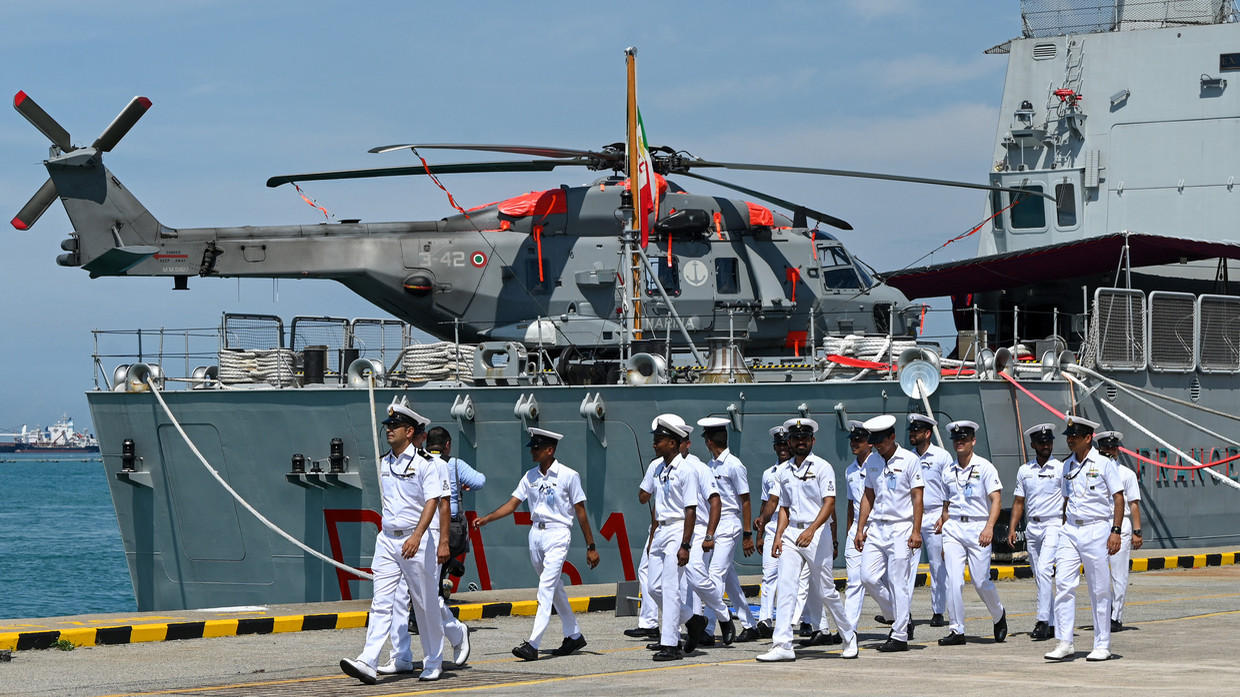
In a move symbolizing a break from its colonial past, the Indian Navy has replaced two terms used onboard ships with more nationally significant titles. The terms “Jackstaff” and “Jack” have been retired, replaced by “National Flag Staff” and “National Flag,” respectively.
This change signifies the Navy’s ongoing efforts to shed remnants of its colonial heritage. “Jackstaff” refers to the short pole on the bow of a ship from which the national flag, or “Jack” in naval parlance, is flown. Both terms have their origins in British naval traditions.
Continue reading